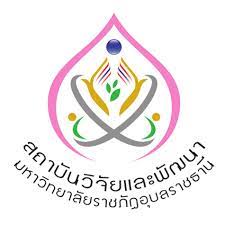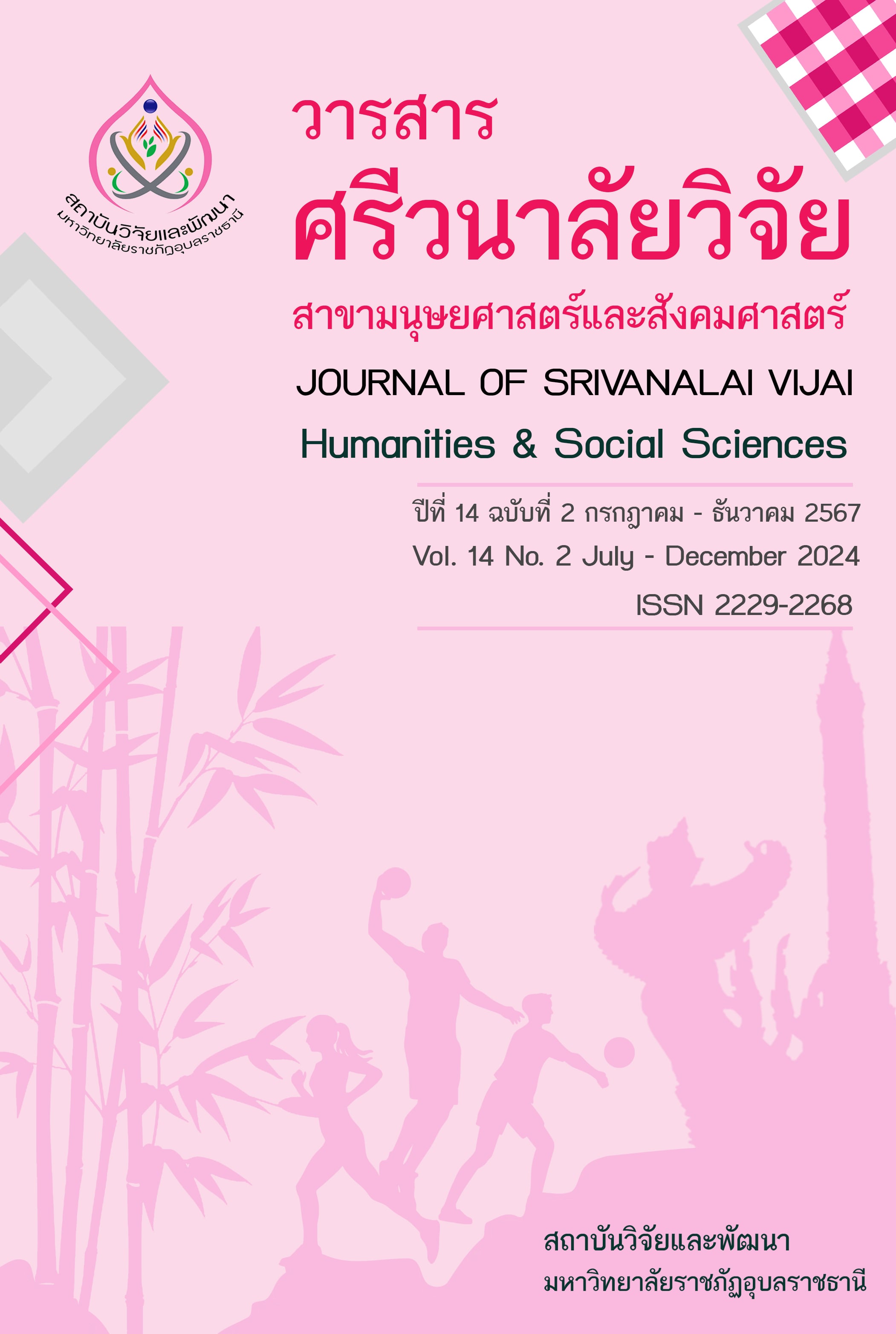การพัฒนาหลักสูตรธุรกิจค้าปลีกในยุคปรับเปลี่ยน
Main Article Content
บทคัดย่อ
การออกแบบและพัฒนาหลักสูตรธุรกิจค้าปลีกในยุคปรับเปลี่ยนนั้น จะต้องมีการหาข้อมูลมาสนันสนุน โดยเริ่มต้นจากการวิเคราะห์ความต้องการของผู้มีส่วนได้ส่วนเสีย (Stakeholders needs analysis) เช่น ยุทธศาสตร์ชาติ แผนพัฒนาเศรษฐกิจ เกณฑ์มาตรฐานคุณวุฒิ สป.อว. ยุทธศาสตร์ของสถาบันการศึกษา คุณลักษณะบัณฑิต ผู้ทรงคุณวุฒิเชิงวิชาการ/วิชาชีพ และผู้ประกอบการ เป็นต้น ตลอดจนการกำหนดผลลัพธ์การเรียนรู้ระดับหลักสูตร (Program learning outcomes : PLOs) และในการพัฒนาหลักสูตร ผู้พัฒนาหลักสูตรจะต้องมีความเข้าใจในบริบทของหลักสูตรอย่างถ่องแท้ ตลอดจนสามารถเข้าใจสถานการณ์ต่าง ๆ ที่จะเกิดขึ้นทั้งภายในและภายนอก ซึ่งอาจส่งผลกระทบต่อหลักสูตร ดังนั้นผู้พัฒนาหลักสูตรจะต้องศึกษาและทำความเข้าใจก่อนการเข้าสู่กระบวนการวางแผน การปฏิบัติและการควบคุม และในการออกแบบและพัฒนาหลักสูตรธุรกิจค้าปลีกในยุคปรับเปลี่ยน จะต้องมีข้อมูลดังนี้ 1) ชื่อปริญญาและสาขาวิชา 2) ปรัชญา วัตถุประสงค์ และผลลัพธ์การเรียนรู้ 3) โครงสร้างหลักสูตร รายวิชาและหน่วยกิต 4) การจัดกระบวนการเรียนรู้ 5) ความพร้อมและศักยภาพในการบริหารจัดการหลักสูตร 6) คุณสมบัติของผู้เข้าศึกษา 7) การประเมินผลการเรียนและเกณฑ์การสำเร็จการศึกษา 8) การประกันคุณภาพหลักสูตร และ 9) ระบบและกลไกการพัฒนาหลักสูตร
Article Details
เอกสารอ้างอิง
คำนาย อภิปรัชญาสกุล. (2557). การบริหารทรัพยากรบุคคล. กรุงเทพฯ : โฟกัสมีเดีย แอนด์ พับลิชชิ่ง.
แบรนด์เอจ. (2567). ค้าปลีกยุค “New Retail” ไม่ใช่แค่แบ่งเซ็กเม้นต์แบบเดิม แต่ต้องขับเคลื่อนผ่านแพลตฟอร์มที่แข็งแกร่ง. ค้นหาเมื่อ 20 พฤษภาคม 2567, จาก https://www.brandage.com/article/29900/New-Retail.
พีดีพีเอ ไทยแลนด์. (2567). ธุรกิจค้าปลีกสมัยใหม่ เสี่ยงละเมิดกฎหมาย PDPA อย่างไรบ้าง? และต้องแต่งตั้ง DPO ให้ถูกต้องอย่างไร?. ค้นหาเมื่อ 17 พฤษภาคม 2567, จาก https://pdpathailand.com/news-article/article-new-retail/.
ภุชงค์ เมนะสินธุ์และคณะ. (2566). การศึกษาความต้องการและคุณสมบัติทางวิชาชีพของบัณฑิต หลักสูตรบริหารธุรกิจบัณฑิต สาขาวิชาธุรกิจค้าปลีก. มหาวิทยาลัยสวนดุสิต.
ภคพร กระจาดทอง. (2562). การวางแผนทรัพยากรมนุษย์สำหรับธุรกิจค้าปลีก. (พิมพ์ครั้งที่ 2). กรุงเทพฯ: ศูนย์บริการสื่อและสิ่งพิมพ์กราฟฟิคไซท์ มหาวิทยาลัยสวนดุสิต.
วารีรัตน์ แก้วอุไร. (2566). การพัฒนาหลักสูตร : จากทฤษฎีสู่การปฏิบัติ. พิษณุโลก : สำนักพิมพ์มหาวิทยาลัยนเรศร.
วารุณี ตันติวงศ์วาณิช. (2555). ธุรกิจการค้าปลีก. (พิมพ์ครั้งที่ 2). กรุงเทพฯ : สำนักพิมพ์มหาวิทยาลัยเกษตรศาสตร์.
สำนักงานปลัดกระทรวงการอุดมศึกษา วิทยาศาสตร์ วิจัยและนวัตกรรม. (2567). รายละเอียดผลลัพธ์การเรียนรู้ตามมาตรฐานคุณวุฒิระดับอุดมศึกษา พ.ศ. 2565. ค้นหาเมื่อ 12 ธันวาคม 2567, จากhttps://www.ops.go.th/th/ches-downloads/edu-standard/item/6940-2022-07-22-02-54-49.
สำนักส่งเสริมวิชาการและงานทะเบียน. (2567). แบบฟอร์มการขอพัฒนา/ปรับปรุงหลักสูตร. ค้นหาเมื่อ 20 พฤษภาคม 2567, จาก https://regis.dusit.ac.th/main/?page_id=4171.
Businessplus. (2567). แนวคิดใหม่ของวงการค้าปลีก. ค้นหาเมื่อ 17 พฤษภาคม 2567, จาก https://www.businessplus.co.th/Activities/ข่าวสาร-pos-c020/new-retail-แนวคิดใหม่ของวงการค้าปลีก-v5812.


